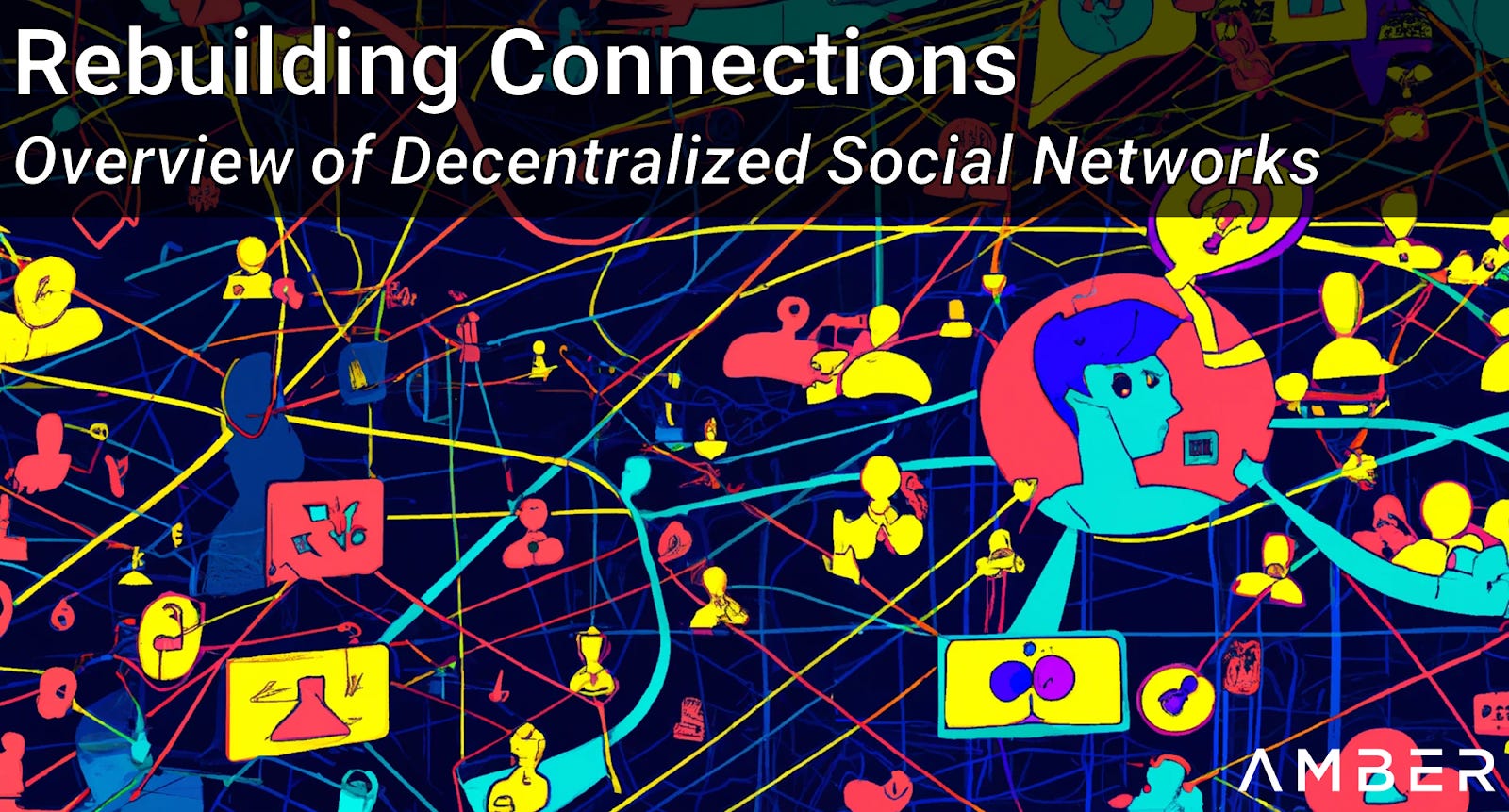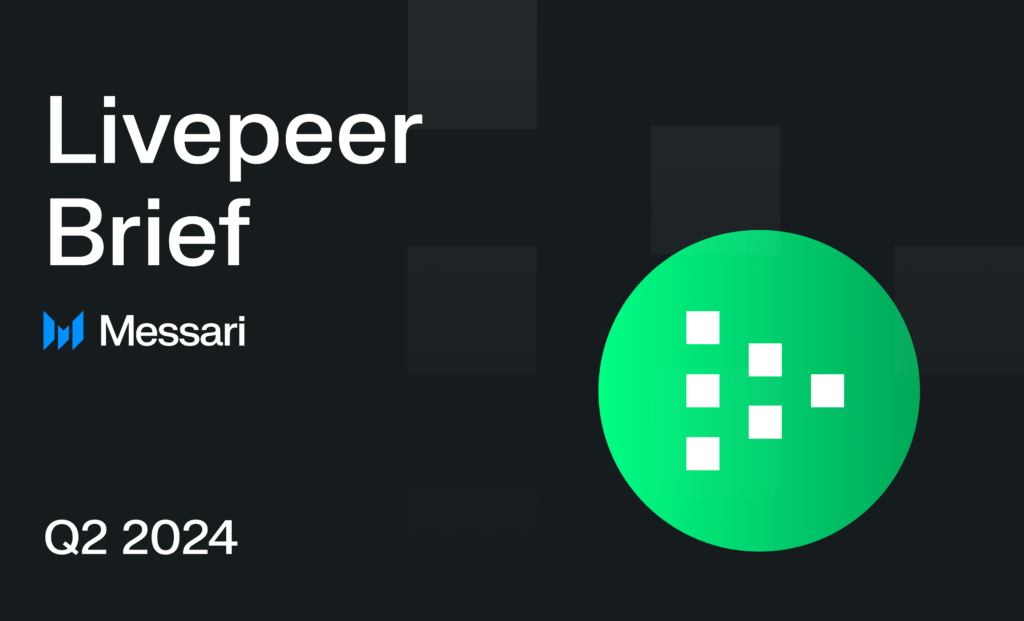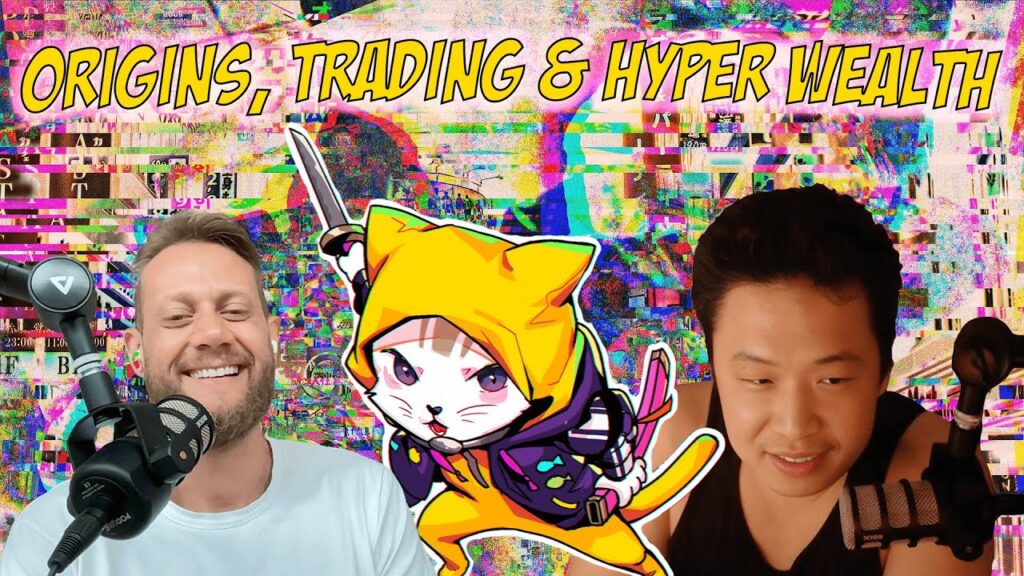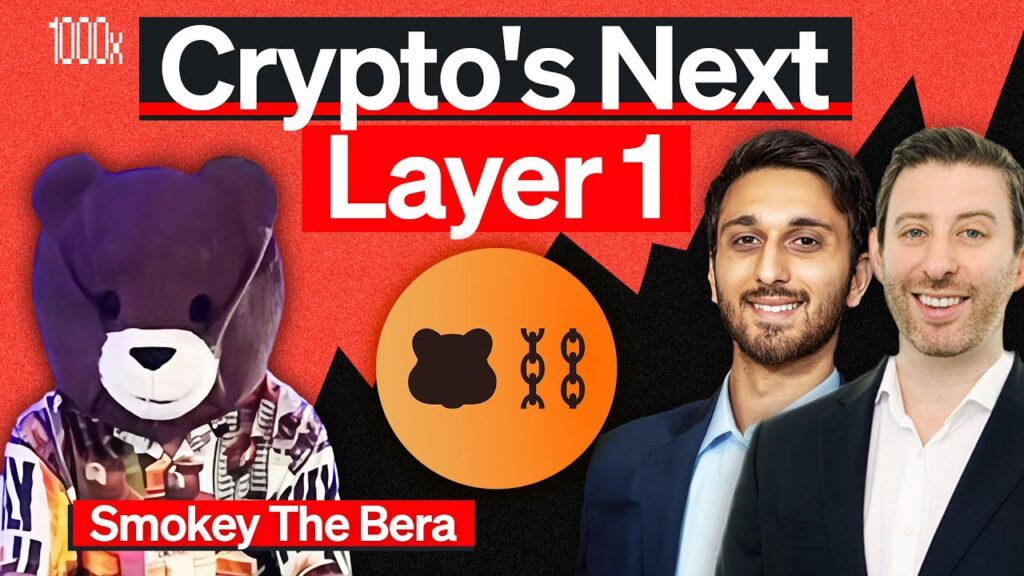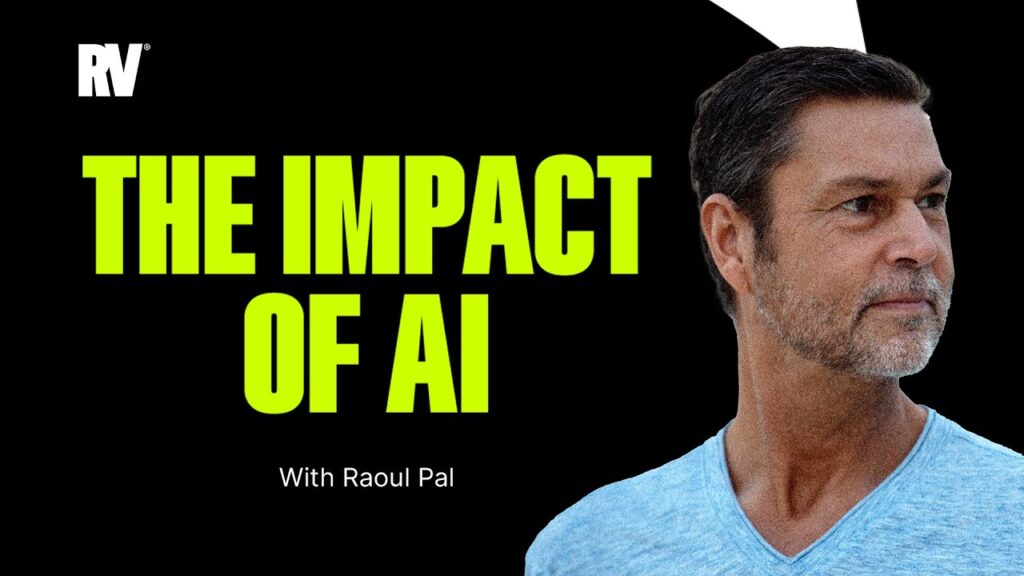Research Summary
This report discusses the rise of decentralized social media platforms, their benefits, challenges, and potential for growth. It focuses on the Web3 movement and the value of social graphs. The report also explores various decentralized social networks such as Mastodon, Farcaster, Lens Protocol, and CyberConnect, highlighting their unique features, advantages, and challenges.
Key Takeaways
Decentralized Social Media and Web3
- Twitter’s API changes: Twitter’s decision to remove free API access and third-party apps has led to user frustration and a push towards decentralized alternatives.
- Value of social graphs: The primary value of social media platforms lies in their social graphs, which are crucial for niche platforms’ growth.
- Benefits of decentralization: Decentralized social networks promise to return the value derived from social graphs back to users, fostering increased competition and innovation.
Challenges in Decentralized Social Networks
- Initial network effects: One of the main challenges in decentralized social networks is sparking initial network effects and competing against incumbent platforms.
- Infrastructure and UX gaps: There are infrastructure and user experience gaps, such as the complexity of setting up private keys and the need for recovery options.
- Monetization: Monetization remains an open question in decentralized social networks, as most incumbent platforms rely on ad spend for revenue.
Exploring Decentralized Social Networks
- Mastodon: Mastodon is an open-source alternative to Twitter, offering ownership and control of data and social graph.
- Farcaster: Farcaster is a decentralized social network built on Ethereum, promoting competition at the application and client layer.
- Lens Protocol: Lens Protocol is a smart contract-based social networking platform built on Polygon, offering unique features powered by crypto.
- CyberConnect: CyberConnect is a decentralized social network that leverages smart contracts on multiple blockchains and distributed networks, offering diverse use cases and social graph curation.
Future of Decentralized Social Media
- Need for a killer feature: Decentralized social platforms need a unique feature to drive growth and gain strong adoption and high engagement.
- Mainstream adoption: Decentralized social protocols and platforms face challenges in achieving mainstream adoption, with many failed attempts behind successful social media apps.
- Opportunity for new social primitives: Decentralized social networks have the opportunity to introduce new social primitives and return the value of the social graph back to users.
Actionable Insights
- Investigate the Potential of Decentralized Social Media: With the rise of Web3 and the value of social graphs, there is potential for growth in decentralized social media platforms.
- Address Infrastructure and UX Gaps: To compete with incumbent platforms, decentralized social networks need to address infrastructure and user experience gaps.
- Explore Monetization Strategies: Decentralized social networks should explore various monetization strategies to sustain their platforms.
- Focus on Unique Features: To drive growth and gain strong adoption, decentralized social platforms should focus on developing unique features.
- Strive for Mainstream Adoption: Despite the challenges, decentralized social protocols and platforms should strive for mainstream adoption.

